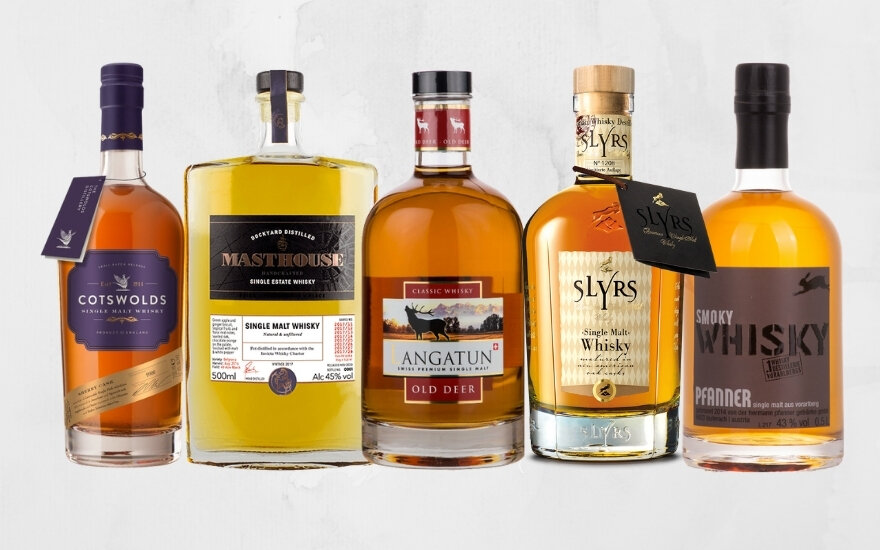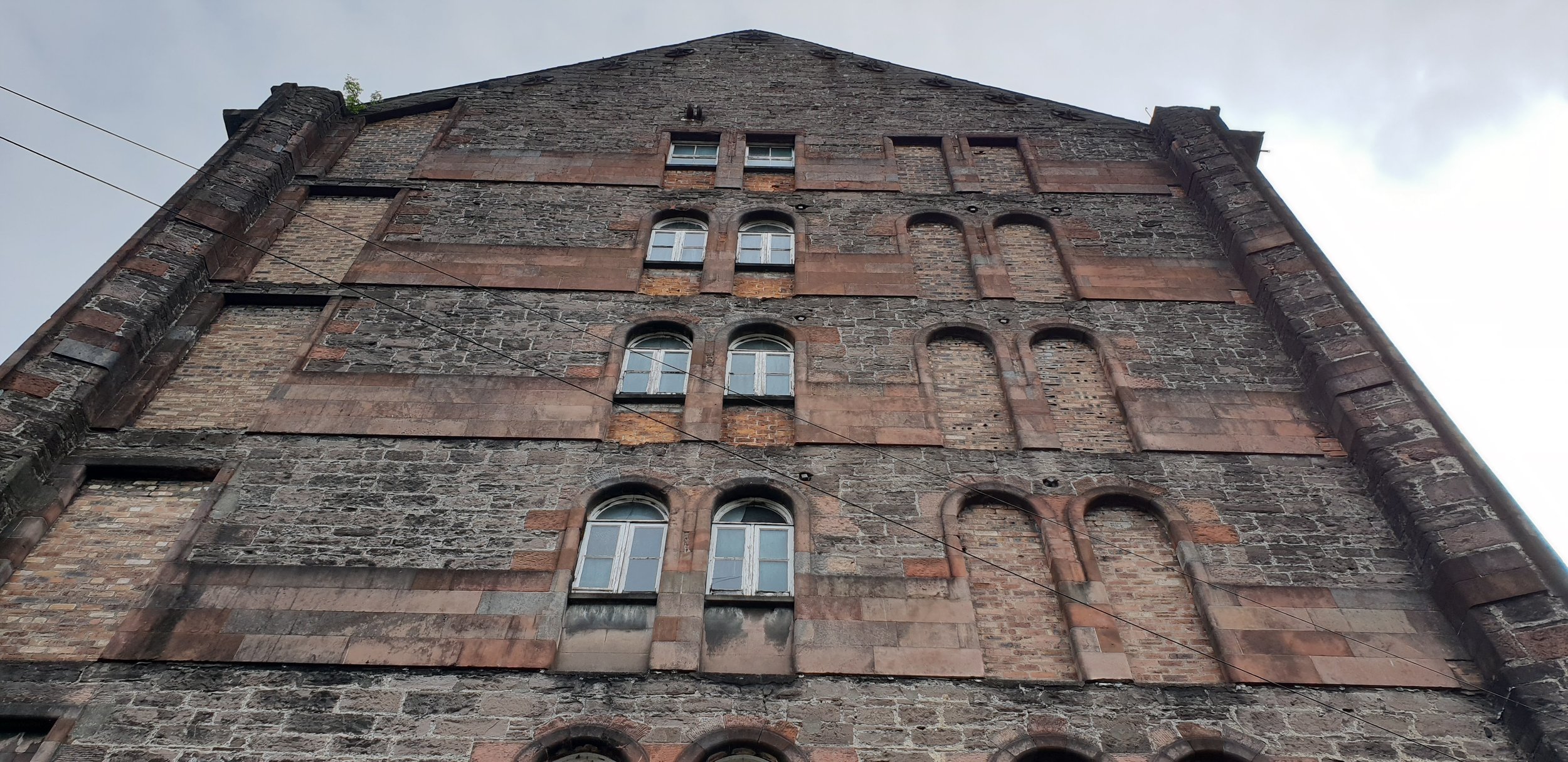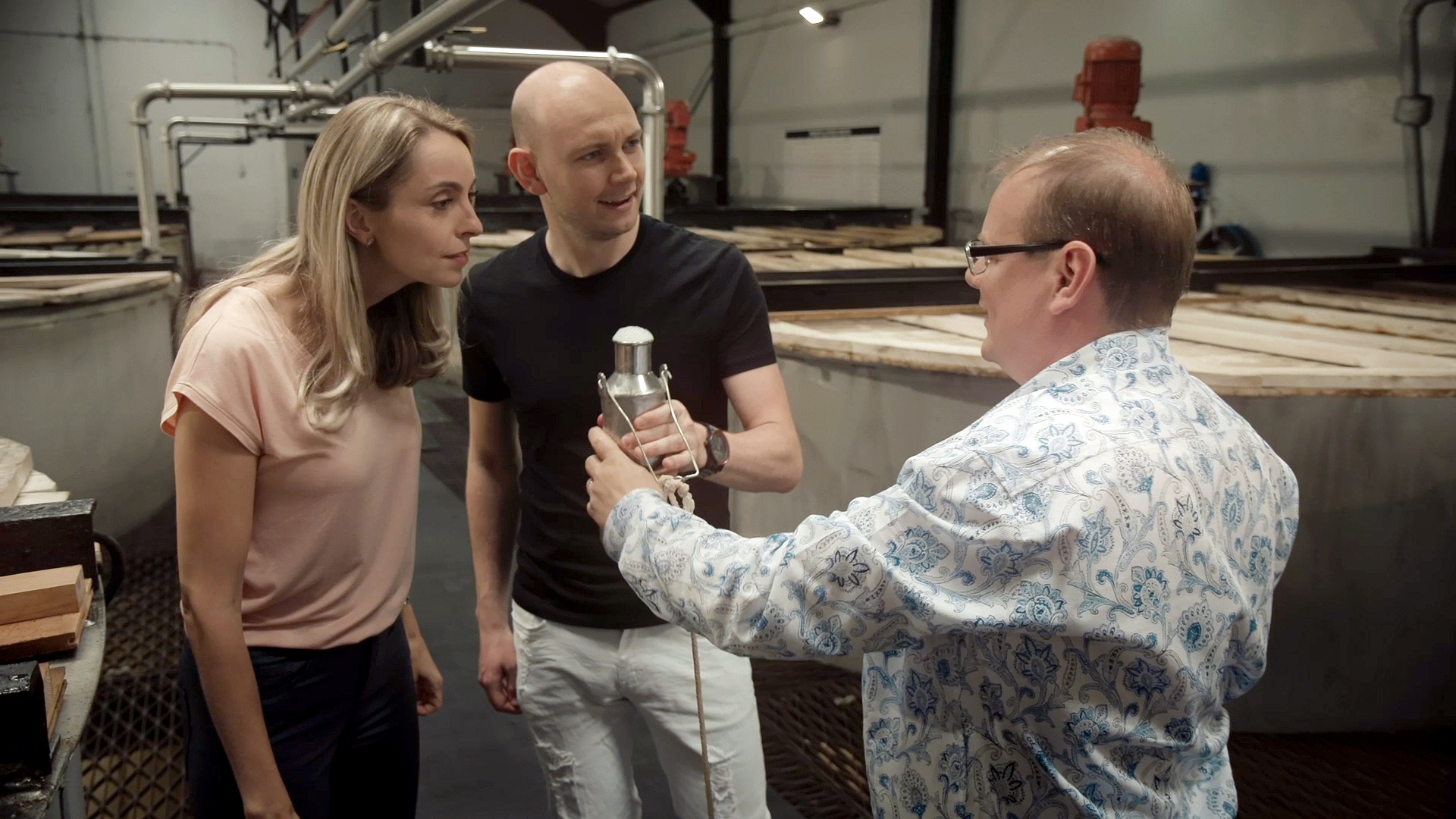Words by Colin Hampden-White
As time moves forward, World Whisky Day has greater meaning. Long gone are the days of whisk(e)y being dominated by Scotch and Irish drams. We have whiskies being made in the most unlikely of countries, and being made very well. Along with Scotch and Irish drams, Japanese whisky has held a respected position in the whisky world for over a decade. It is surprising it has taken so long for the whisky world to wake up to Japanese whiskies with it having been produced in Japan for nearly a century with the Yamazaki distillery being built in 1924.
Beyond Japan, there is great whisky being made in Taiwan, Australia and New Zealand. With Lark distillery being build in 1992, and Sullivans Cove in 1994, Australian whisky began to be recognised for its quality with Sullivans Cove being awarded the world’s best single malt in 2014. To whisky lovers, these distilleries are well known, but there are also new lesser-known distilleries with fantastic whisky. Cardrona distillery in New Zealand launched their first Single Malt last year with Just Hatched and followed that up with another brilliant release Growing Wings.
Distilling in central Europe is also going from strength to strength. Well known distilleries such as Slyrs in Germany, Lagatun in Switzerland are continuing to keep their quality and consistency. Newer distilleries in central Europe are creating some incredible whisky, Broger and Pfanner in Austria being two favourites of mine. Moving a little further east to the Caspian Sea, I have even found good single malt whisky being made in Azerbaijan on a visit a few years ago. Closer to home for me, the distilleries in England and Wales are going great guns. Aber Falls is about to release their first whiskies this year, Copper Rivet released their first whisky, Masthouse and the Cotwolds distilleries created their sherry cask matured expression which was my favourite English whisky of the last year.
A country well known for its whiskey is the USA, although usually made with different grains and corn, but they are now making some fantastic single malt whiskey. St George in California make a complex and fruity single malt, whilst Balcones in Texas make a big bold powerful single malt which has great complexity with their cold winters and incredibly hot summers making maturation a rapid affair with plenty of interaction between wood and spirit.
With all these world whiskies it would be easy to think that Scotch and Irish are getting left behind, but this is far from the truth. There is a plethora of new distilleries which are now producing whisky. The Glasgow distillery, Ardnamurchan, Daftmill and Arbiki being a few of my favourites. And there are new whiskies on the way with distilleries being built now like Gordon & MacPhail in the Cairngorms and more planned for the future. The green light has also been given for Sukhinder Singh’s distillery on Islay.
From the world of old, three notable closed distilleries are coming back to greet us. Port Ellen is being rebuilt, as is Rosebank, and Brora is opening imminently. Over the last few years, a few existing brands that have been overlooked have had a revamp and are creating some very exciting whisky. My favourite is Fettercairn from Whyte and Mackay, with the 16 year old (made with chocolate malt) being particularly good. Glenturret, having been bought by Lalique has had a serious makeover and the new expressions are seriously good, with a 15 year old at 55% ABV really standing out. Lastly, I enjoyed the new expressions from Bladnoch. A distillery which we have seen little from over the years now has a very smart new bottle and quite a few new expressions. I very much liked the Vinaya which is excellent value and for the 2020 release of Talia, a 26 year old which they matured in American oak red wine casks for all 26 years, and the results were excellent.
With so much choice in the world of whisk(e)y it is hard to know where to start. Might I suggest wherever you might be in the world to start close by, there is bound to be a distillery not too far away, creating whisky, and on this day of all days, let’s celebrate together and keep the food miles down, and support the expansion of whisky throughout the world with a glass of something local.
If you want a more in depth look into Scotch whisky make sure you check out The Three Drinkers do Scotch Whisky and if you’re thinking of investing in your favourite bottles then have a read of Colin’s Whisky Investment Index.










